The Female Candy Shop Worker Who Changed The Course Of History
As the conveyor belt hummed along, a diligent young woman named Mary Tornich inspected each candy that slid past her with hawk-like precision. Though some might consider this task mundane, Mary knew every sweet treat she approved would help pay for her college education.
Mary dreamed of the moment she would finally bid farewell to this work. She couldn’t wait to embark on an exciting career that would allow her to make her mark on history. She knew her future was bright, and this simple job was a stepping stone toward greatness.
Candy Worker Now, A Historical Figure In The Future
Years went by, and Mary Tornich Janislawski shed her maiden name and took on a new identity. She was also no longer bound to the monotonous routine of inspecting candies in a factory. Little did she know her name would become synonymous with groundbreaking discoveries in the field of navigation.
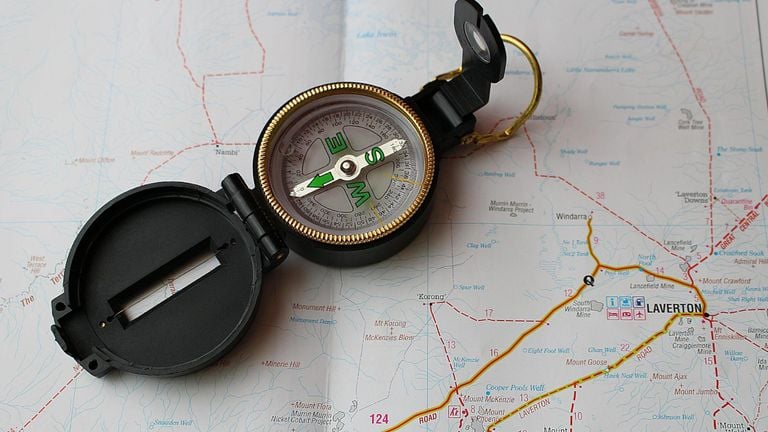
Source: PIX1861/Pixabay
Mary’s intellect and pioneering spirit led her to chart new territories. Her work extended far beyond the confines of the sea. Plus, her contributions were not only instrumental in unlocking the secrets of the unknown, but they also paved the way for new frontiers that would expand the limits of human knowledge.
A Lengthy And Quality-Filled Life
Janislawski’s life spanned an impressive 90 years and was filled with a colorful array of experiences. She bore witness to the devastating turmoil of World War II–an era defined by violence and conflict. However, she refused to let herself be defined by the chaos that surrounded her.
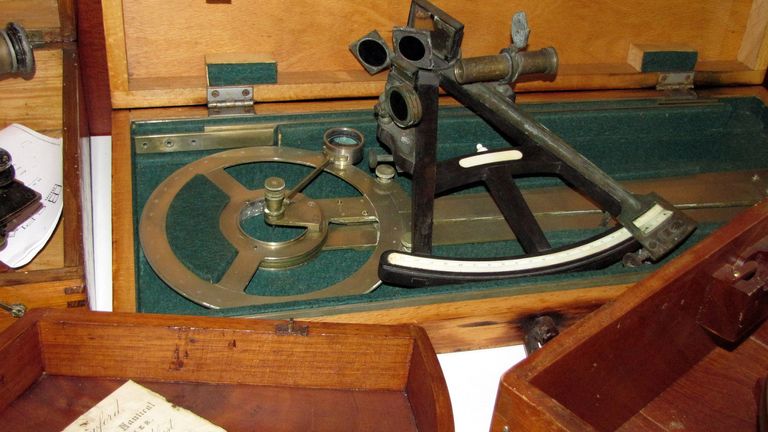
Source: Engel62/Pixabay
Instead, she found her unique way to make a difference. She used her talents to make a significant contribution to society that also aligned with her principles. Janislawski played a vital role in the fight against oppression by employing her remarkable abilities to serve her country and make a lasting impact on the world.
A Genius In Math
From a young age, Janislawski possessed a rare talent that set her apart from her peers. She had an innate gift for mathematics. But in a world where women were often dismissed as lacking in numerical prowess, Janislawski’s talents were met with skepticism and doubt.
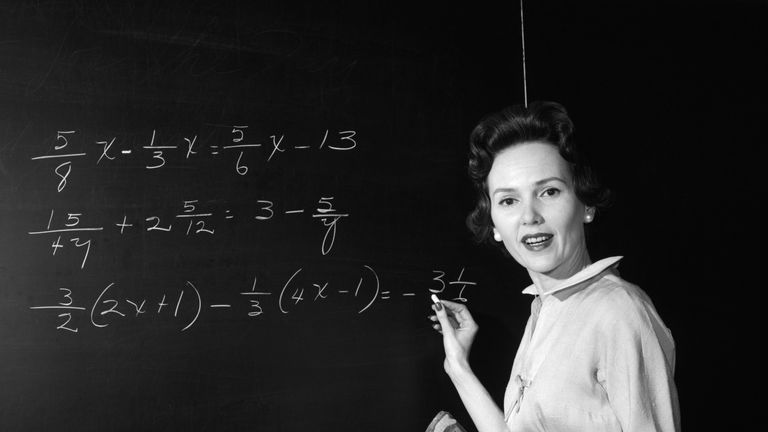
Source: Debrocke/ClassicStock/Getty Images
Undeterred by these prejudices, she forged ahead, determined to prove the naysayers wrong. Eventually, she surpassed even the most accomplished men in her field. She earned a place in history as having one of the greatest mathematical minds of her time.
Born And Raised In California
Mary was born amidst the warm summer days of 1908 in the bustling city of San Francisco. She came from European immigrants who did not yet know that their daughter would one day leave an indelible mark on the world.

Source: Ashley H/Flickr|Public Domain Mark 1.0
While her childhood is shrouded in mystery, one thing is certain–Mary was a child of extraordinary curiosity and imagination and was drawn to the exhilarating world of aviation. Early on, she showed her genius by fashioning a pilot’s cap out of felt.
A Sweet Job To Make Ends Meet
Janislawski embarked on her academic journey by pursuing degrees in both mathematics and astronomy at the prestigious University of California, Berkeley. However, she faced the harsh reality that so many students confront–the struggle to make ends meet. Undeterred by this challenge, she took on a job in a candy factory.
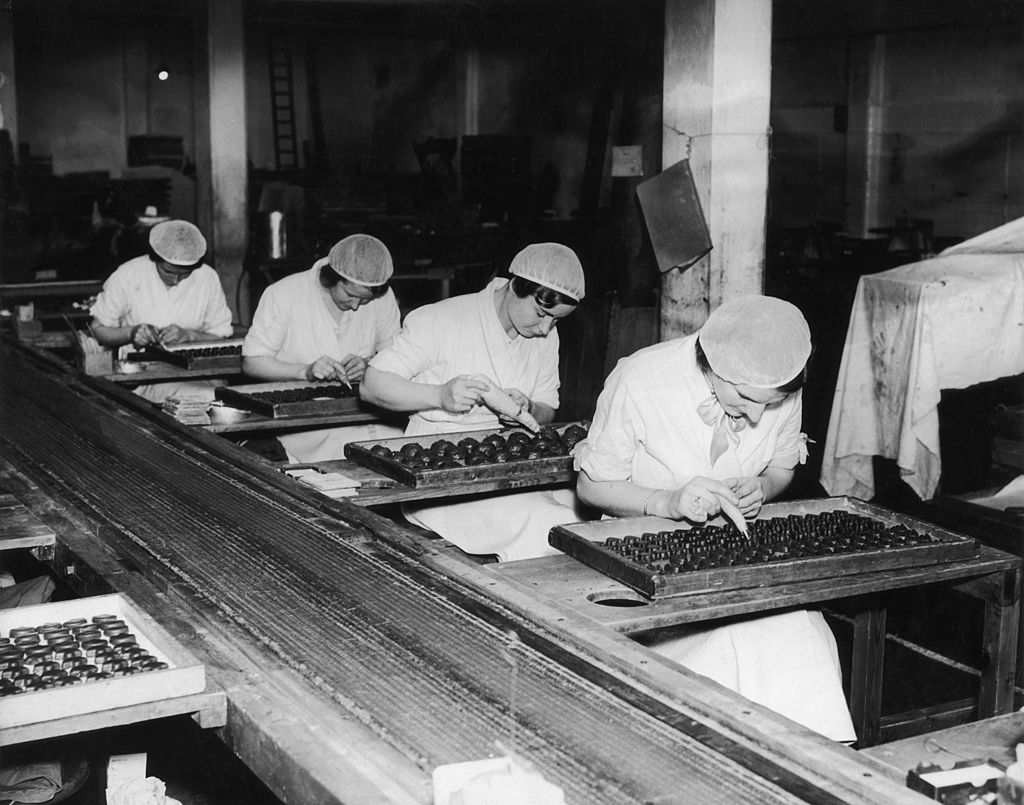
Source: William Vanderson/Fox Photos/Getty Images
As she toiled away in the factory, Janislawski never lost sight of her true passion. Her love for astronomy burned bright. When she finally graduated with honors, standing shoulder-to-shoulder with just two other students, she knew her destiny lay among the constellations.
The Stars Aligned
Janislawski’s lifelong devotion to the study of the cosmos would prove to be her guiding light. It led her down a path few can claim to have tread. Her deep knowledge of the stars would become her greatest weapon. For years, she dedicated herself to teaching the art of navigation.
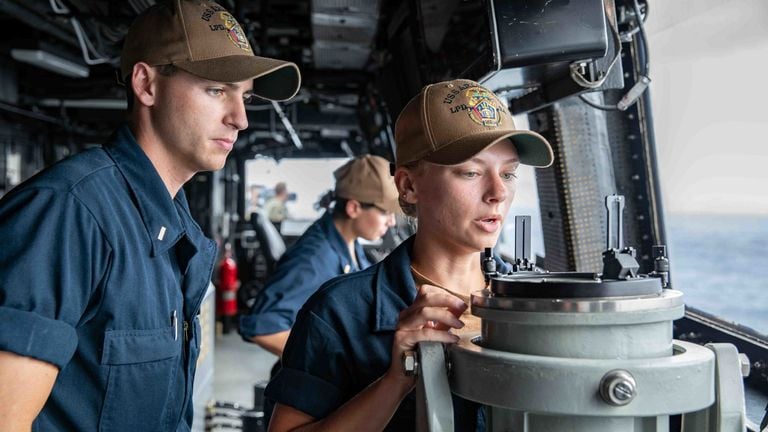
Source: Mass Communication Specialist 2nd Class John Bellino/Official U.S. Navy Page/Flickr | CC BY 2.0
She imparted her hard-earned wisdom to generations of sailors. Then in a twist of fate that seemed almost predestined, she found a kindred spirit in her husband, Captain Stanley Janislawski, who shared her passion for the science of exploration.
Serving Their Country
Captain Stanley Janislawski was no stranger to the treacherous waters of the Pacific. After all, he was a seasoned sailor and had spent years navigating the choppy seas. When war broke out, his skills were in high demand.
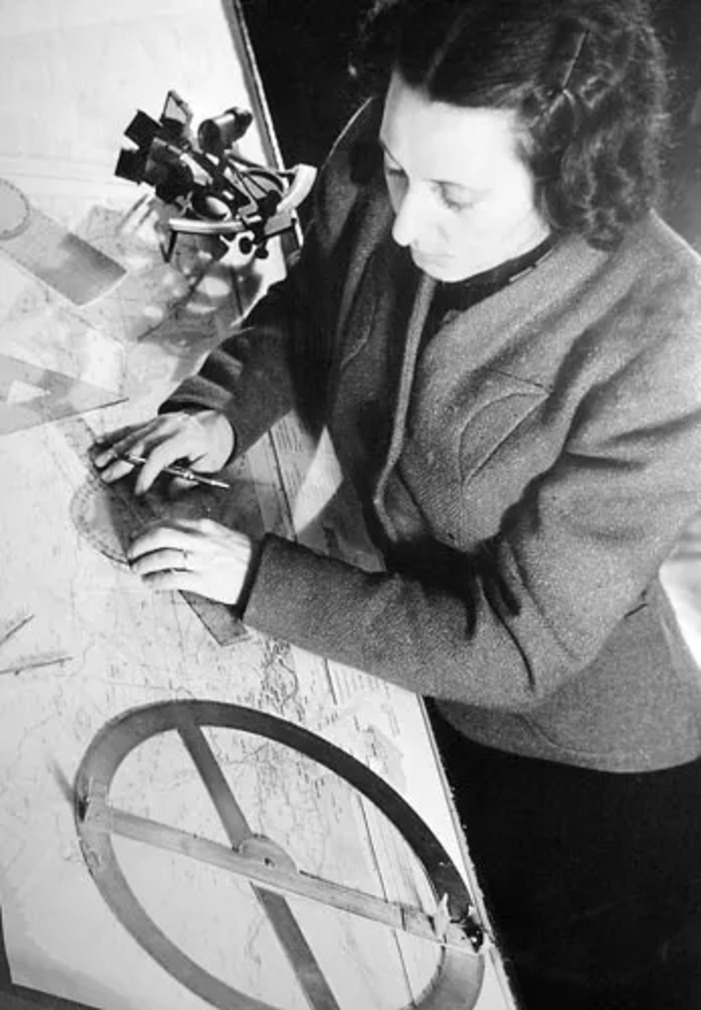
Source: NPS
But he was not alone in his heroism. His beloved wife was always by his side. Mary’s talents and dedication would prove to be an invaluable asset to the war effort. Together, the Janislawskis were an unstoppable force.
The Greatest Of All Time
But before Janislawski’s marriage, she embarked on a journey to the nation’s capital in pursuit of her passion for navigation. Little did she know that her path would cross with a legend in the field, none other than the “Grand Old Man of Navigation” himself, Captain Philip Van Horn Weems.
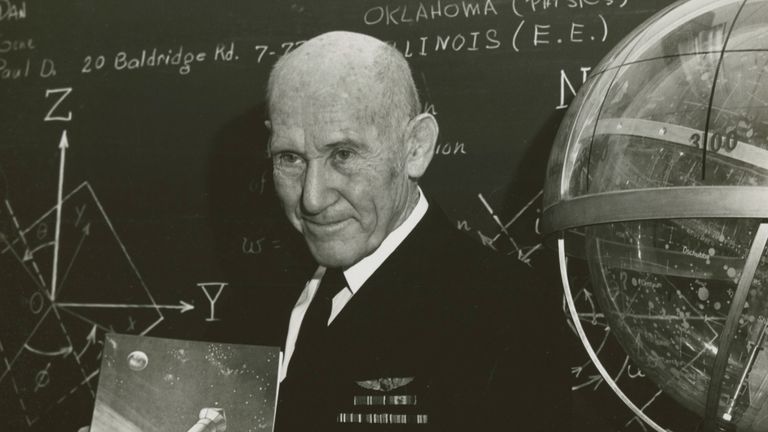
Source: National Air and Space/Twitter
Under Weems’ tutelage, Janislawski honed her skills and soaked up knowledge. She was in good company as Weems had previously imparted his wisdom on iconic figures such as Charles Lindbergh and Richard Byrd.
Once An Orphan
Born into humble beginnings in Tennessee, Weems’ life seemed to start with a disadvantage as he was orphaned at a young age. He also received his education in a small local school. But despite the odds stacked against him, Weems refused to let his circumstances define him.
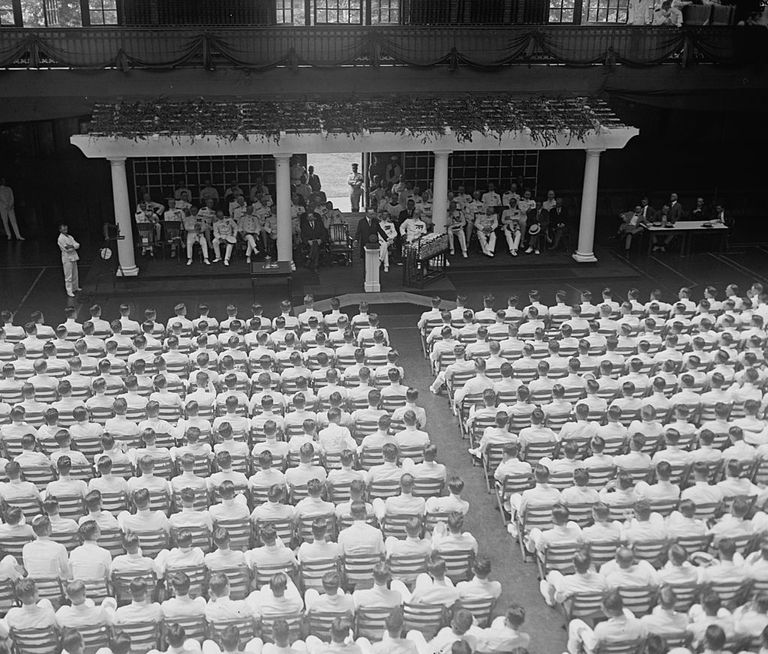
Source: Photo by Buyenlarge/Getty Images
His perseverance and determination led him to the prestigious Naval Academy at Annapolis, where he not only graduated but also went on to achieve greatness in the field of navigation. He even developed his innovative method of navigation–a feat that cemented his place as a true pioneer.
Inventor Of Synchronized Watches
Not content with only revolutionizing navigation, Weems also dabbled in the world of invention. He created several useful devices. One of his most notable creations was the Second Setting Watch, a wristwatch with a rotating bezel that allows the wearer to fix and synchronize their second hands.

Source: WatchBox Reviews/YouTube
This timepiece proved to be a game-changer for troops and aviators as they were now able to coordinate their movements with pinpoint accuracy, thereby resulting in greater success on the battlefield and in the skies. Currently, the Second Setting Watch is still available through horologist Longines.
Becoming A Disciple Of Weems
As Janislawski delved deeper into the world of navigation under the tutelage of Weems, she was presented with a formidable challenge that would have stumped even the most seasoned experts–how to navigate an aircraft through treacherous skies.
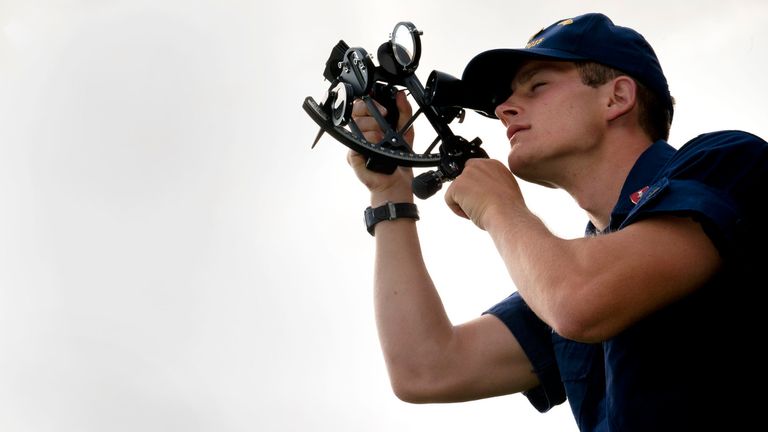
Source: Petty Officer 3rd Class Cory J. Mendenhall/US Coast Guard Academy/Flickr | Public Domain Mark 1.0
But with determination and grit, Janislawski was able to come up with a solution to the problem in the most elegant manner possible. It left Weems impressed with Janislawski’s ingenious spirit. He then went on to publish a manual that she had written on the subject. As a result, Janislawski became a devoted follower of Weems.
Teaching The System Of Navigation
After honing her skills under the watchful eye of Captain Weems, the young navigation prodigy set her sights on the West Coast. She was determined to share her knowledge and expertise with others. She then opened her very own school in the bustling metropolis of San Francisco.
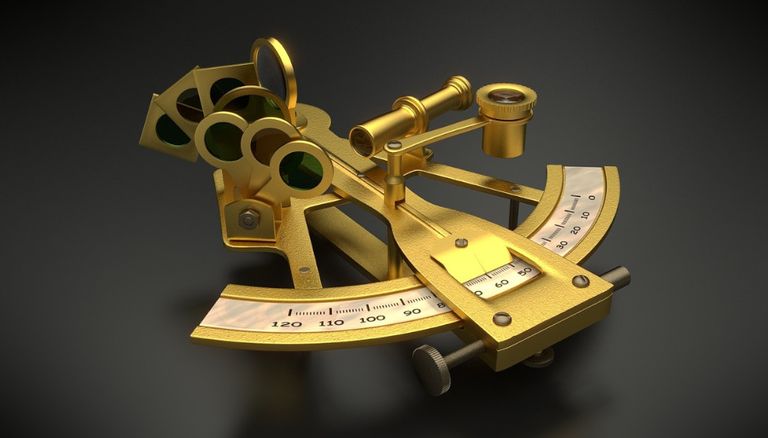
Source: Aenigmatis-3D/Pixabay
But her reach didn’t stop there. Janislawski continued to spread the word about the innovative Weems System of Navigation at prestigious institutions of higher learning, such as the hallowed halls of Berkeley, the cutting-edge classrooms of Oakland’s Polytechnic College of Engineering, and the esteemed campus of Stanford University.
Business Was Booming
Due to Janislawski’s teachings on the innovative Weems System of Navigation, it wasn’t long before aviators far and wide were flocking to her doorstep in droves. Eventually, the system garnered a famous student in the form of Charles Lindbergh.
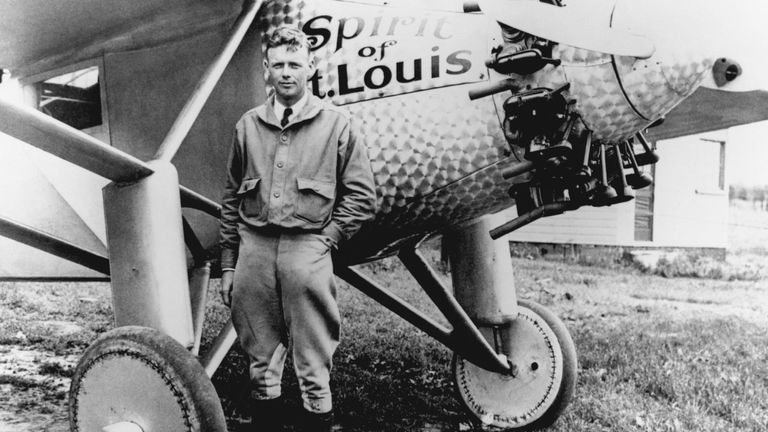
Source: Bettmann/Getty Images
The mere mention of Lindbergh’s name was enough to send shockwaves throughout the aviation world, especially after his groundbreaking solo flight across the Atlantic in 1927. Suddenly, flying became the epitome of cool. Countless individuals became eager to take to the skies. The need for skilled pilots naturally put Weems and Janislawski in demand.
Sky’s The Limit
Janislawski’s reputation as a master navigator continued to grow. She passed on her vast knowledge and expertise to countless aviators eager to learn the secrets of celestial navigation. Among her most notable students was none other than Fred Noonan, a rising star in the aviation world.
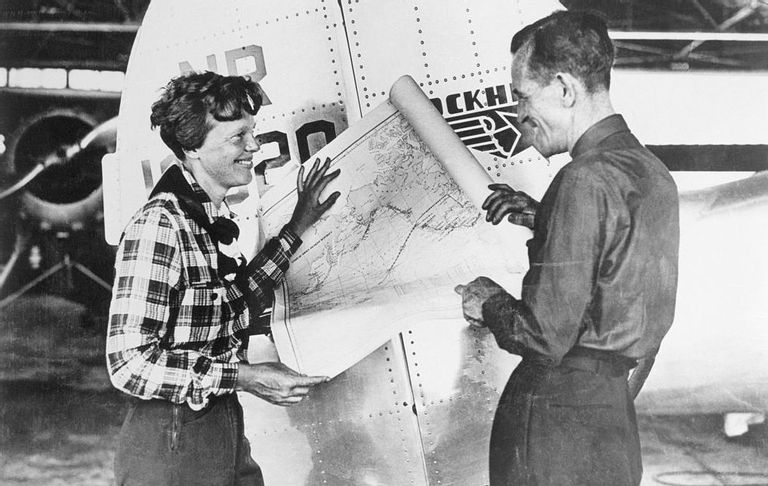
Source: Bettmann/Getty Images
Noonan, much like Janislawski’s husband, had worked his way up through the ranks of the merchant marine before transitioning to the world of aviation. By 1930, he had become fully immersed in the world of flying. One particular trip forever cemented his name in the annals of aviation history.
The Missing Plane
Noonan had a chance encounter with an equally iconic figure in the world of aviation–Amelia Earhart. Soon, the two found themselves embarking on the adventure of a lifetime. Similarly impressed by his talent and expertise, Earhart invited Noonan to serve as her navigator on a daring expedition to circumnavigate the globe.
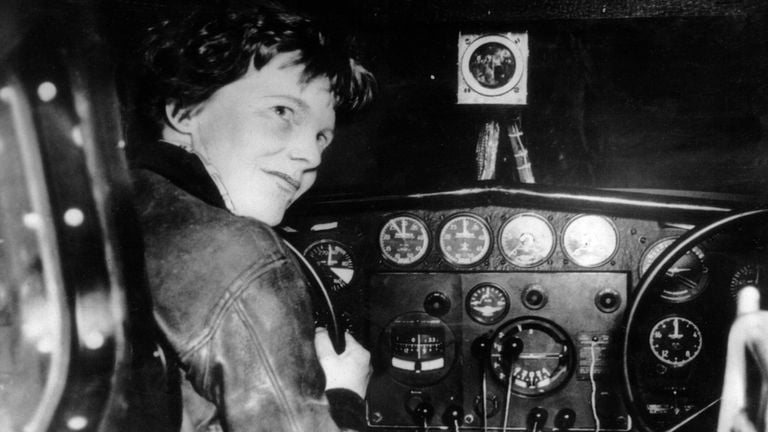
Source: STAFF/AFP via Getty Images
The two set off, determined to push the limits of what was possible. However, tragedy struck during their ill-fated attempt to land on Howland Island in the Pacific. The plane and its intrepid crew were lost forever, leaving only mystery and speculation behind.
The Best Teacher
Despite the tragic outcome of Earhart and Noonan’s journey, Janislawski’s expertise in navigation was never questioned. Instead, the incident was a testament to the field’s inherent dangers, particularly in an era when technology and safety protocols were still evolving.
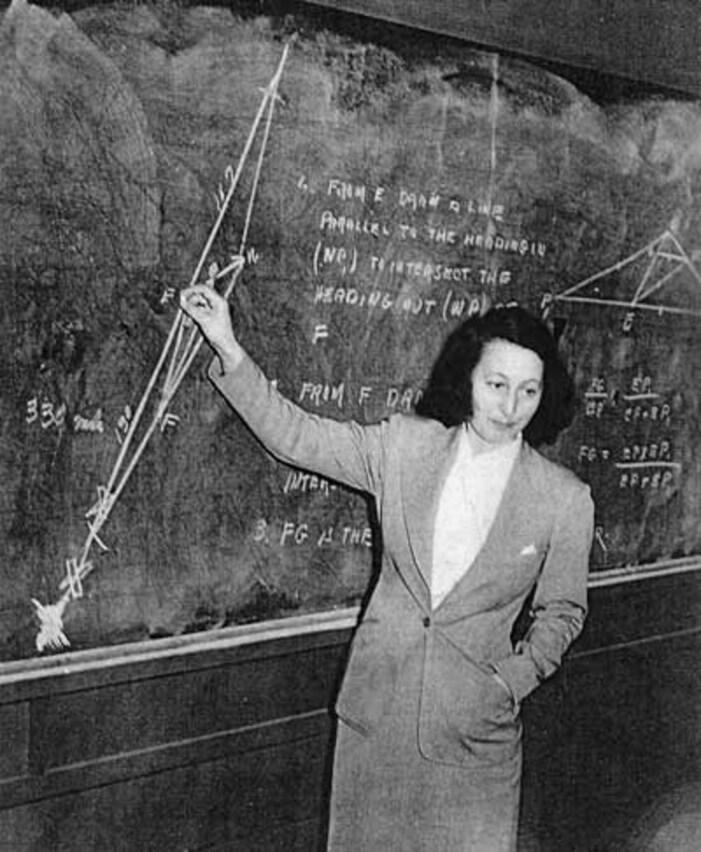
Source: NPS
But while Noonan’s legacy may be shrouded in mystery, Janislawski’s impact on the world of aerial navigation is indisputable. She continued to earn widespread recognition. She even received an endorsement from The New York Times, which hailed her as the “most outstanding woman teacher of aerial navigation” in 1940.
A Squeaky Rubber Airplane
Janislawski’s teaching style was sure to stick with her students. Her daughter, Mimi, recalls a particular quirk that endeared Janislawski to her pupils. Any time students’ attention began to waver, Janislawski would bring their attention back by playfully squeaking her trusty rubber airplane.

Source: FliteTestForum
It was an excellent and fun way to make the process of learning engaging. Her classes were also well-structured. Her teaching process was evidence of her dedication as well as her wish to impart the same passion to others similarly.
Transitioning From Art To Science
Janislawski’s contribution to the world of navigation didn’t end with her quirky teaching style. Her impact on the field was so significant that she was credited with leading the charge in transitioning navigation from an art to a science.
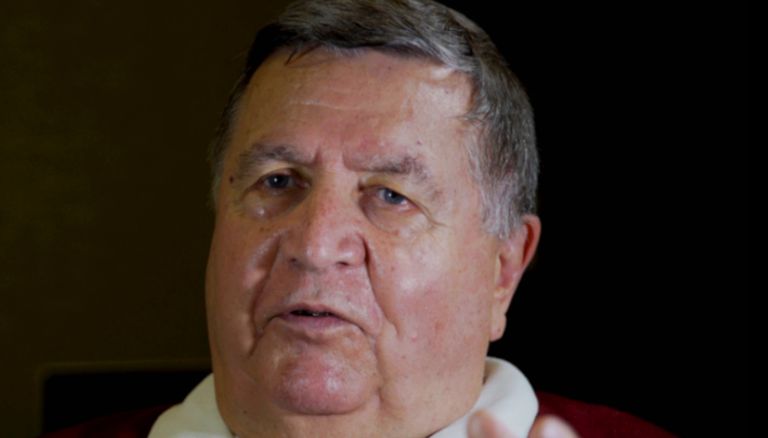
Source: Pool Room Studios
This change was largely due to her involvement with the Institute of Navigation right from its inception. Plus, her participation wasn’t just passive. According to Gaylord Green, a renowned navigator and co-developer of global positioning systems, Janislawski was an active member of the institute, as she played a crucial role in shaping its direction.
Being A Pioneer
According to Green, who was also a founding member of the Institute of Navigation, Janislawski played a pivotal role in shaping the agenda of meetings. She also helped advance modern navigation. Her understanding of both the art and science of navigation was crucial.
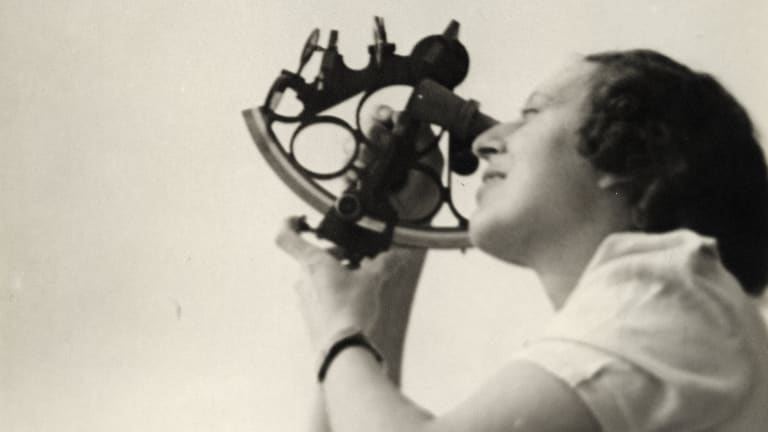
Source: Mary Janislawski Papers, HDC 1649, San Francisco Maritime National Historical Park
Green also highlighted the international impact of Janislawski’s work. Her contributions to the field were so significant that they inspired the development of the Royal Institute of Navigation in Britain, which followed the successful U.S. model.
Contributing To The War Effort
Mary Janislawski’s life took a sharp turn with the Japanese bombing of Pearl Harbor–the horrific event that brought the United States into World War II. Despite being a pacifist, Janislawski became a renowned educator of aviators preparing for battle.
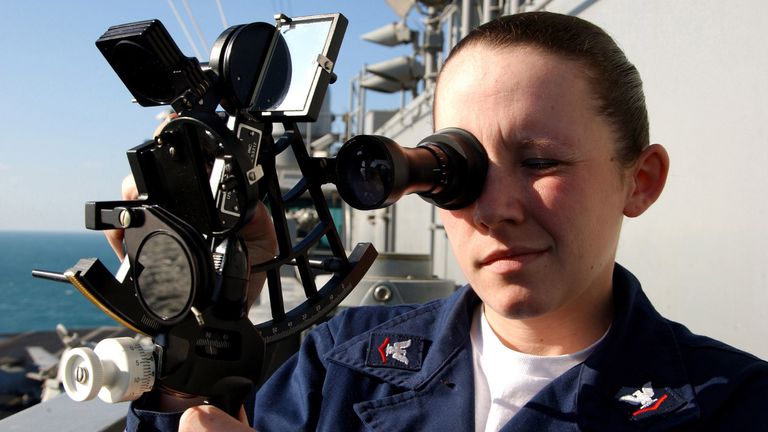
Source: Photographer's Mate 2nd Class Danny Ewing Jr./Photograph Curator/Flickr | Public Domain Mark 1.0
She left her teaching position at Stanford University to serve in the military in various roles. Eventually, she earned a reputation as a superstar in her field. Her contribution to the war effort was invaluable as she trained countless pilots for the war’s dangerous and demanding tasks.
A Sister In A Band Of Brothers
Mary Janislawski’s impact on the world of aviation did not wane during the Second World War. She continued to educate pilots who were headed to the battlefront. While working at King City Airport in central California, her talent as an educator consistently shone through as she showed thousands of cadets how to find their way in the sky.

Source: Alamy
One of her students, Joseph H. Casey, was moved to exclaim that Janislawski could actually be part of their “band of brothers.” Evidently, Janislawski’s impact extended far beyond her expertise because of her remarkable kindness and generosity.
Teaching Female Pilots
Mary Janislawski’s passion for education never waned. She continued to serve as an exceptional instructor. She took on multiple roles to train aspiring aviators and military personnel. At Palo Alto Airport and Alameda naval base, she trained women for the WAVES program using cutting-edge simulators.
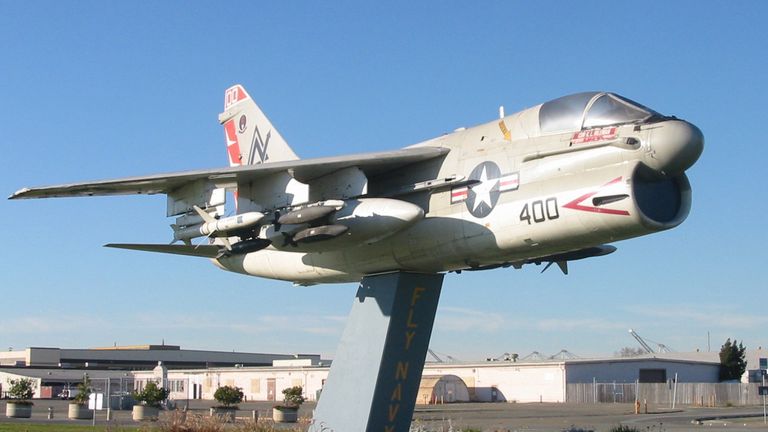
Source: Bill Abbott/Wikimedia Commons | CC BY-SA 2.0
She similarly honed the skills of navy pilots who needed to fly combat missions without radio communication. Janislawski’s tireless dedication and expertise earned her the admiration and respect of her students. She was looked up to as a role model and mentor.
Saving Many Lives
Janislawski’s impact on the aviation industry during and after the war cannot be overstated. Her expertise and passion for navigation helped save countless lives. Consequently, her reputation as an outstanding educator only grew.
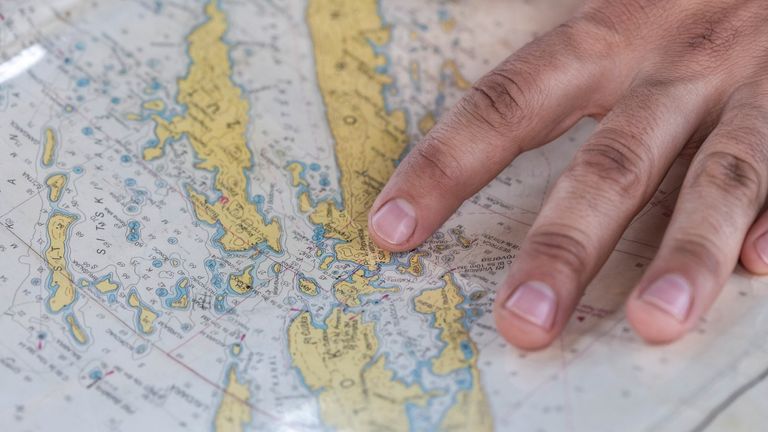
Source: milivigerova/Pixabay
After the war, Janislawski continued her work. She assisted Transocean Airlines pilots with their certification and charted routes across the Pacific for both Transocean and PanAm. Her expertise was sought after by some of the biggest names in aviation.
Going Back To Teaching
Mary Janislawski’s passion for teaching the Weems system of navigation was unrelenting. It seemed nothing could stop her from passing on her knowledge to those who needed it the most. Even after the war, she continued to teach out of her home in Sausalito, California. She was determined to keep the art and science of navigation alive.
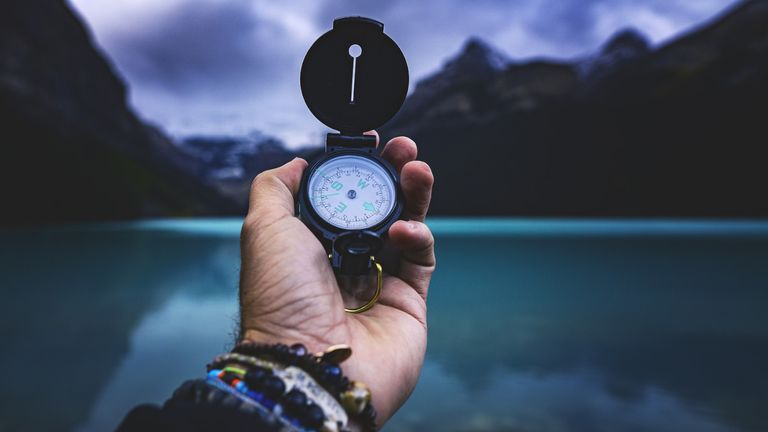
Source: JoshuaWoroniecki/Pixabay
But when Transocean Airlines was tasked with training Army fliers in 1957, Janislawski was once again called upon to do what she did best. She brought back her trusty assistant, the ever-reliable squeaky rubber airplane, to bring wandering minds back on course.
To The Moon And Back
Janislawski’s career took a fascinating turn in the 1960s when she set her sights on a new challenge. Until then, her expertise had been in celestial navigation. She was used to teaching aviators to use the sun, moon, and stars to determine their location and course.

Source: Rakicevic Nenad/Pexels
However, with the world’s attention turning to space exploration, a new question arose. Specifically, how could humans navigate to the moon and know their exact position once they arrived? It was a puzzle that Janislawski was eager to solve.
Navigating The Lunar Grid
As NASA was planning its Apollo missions to the moon, they realized they needed a way to navigate and map the lunar surface. Who else could they turn to for help? None other than Janislawski! From candy manufacturing to navigating the moon, Janislawski’s journey was literally out of this world.
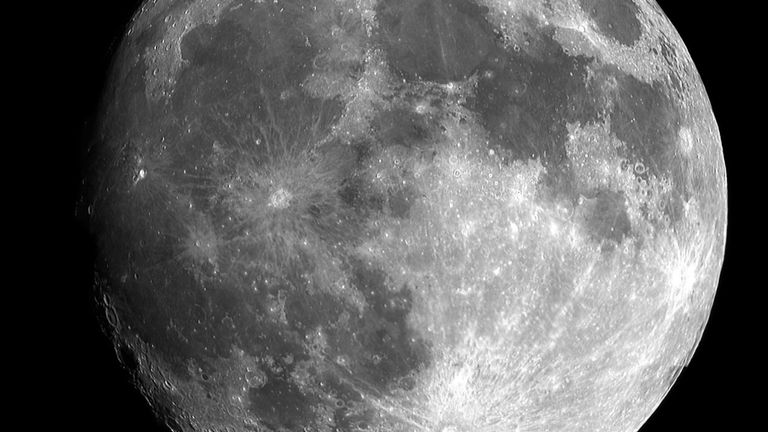
Source: Pexels
Her expertise in celestial navigation proved to be of immense value as she helped create grid maps of the lunar surface. These maps would go on to be used by astronauts on the Apollo missions. Her work made it possible to explore and study the moon in detail.
A Giant Leap For Mankind
One can only imagine the sense of pride and accomplishment that Mary Janislawski must have felt, knowing that her grid maps played a crucial role in the success of the Apollo missions. It’s hard not to picture her smiling with satisfaction as she watched Neil Armstrong use her invention to navigate the lunar surface and take that historic first step.
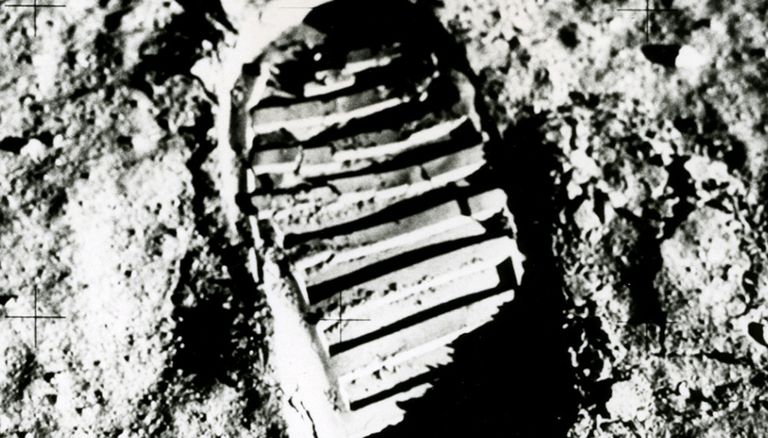
Source: Robert Sullivan/Flickr | Public Domain Mark 1.0
After all, her work has helped to propel humankind toward making one of the greatest achievements in human history. Truly, it was a “giant leap” that inspired generations to come. Who would have thought a candy factory worker would be partly responsible for the historic moon landing?
Exploring Beyond The Moon
Janislawski’s contribution to space exploration didn’t end with the grid maps of the moon. In fact, she continued to push the boundaries of celestial navigation. In 1970, she went on to showcase her ingenuity to NASA in a meeting at the Institute of Navigation.
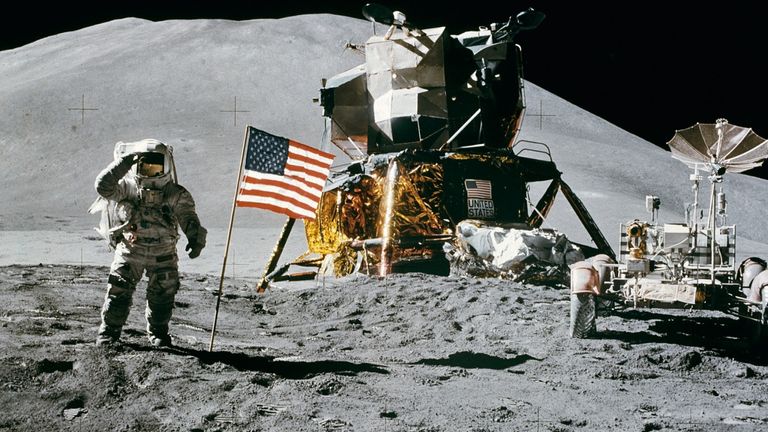
Source: Pixabay
She demonstrated how navigation could be accomplished on any planet that humans could reach. Janislawski’s innovation was yet another leap forward in space travel as she offered the possibility of exploring even more extraterrestrial destinations with confidence and accuracy.
Space Navigation
Janislawski’s pioneering work in navigation wasn’t limited to Earth or the Moon. In fact, her innovative mapping technique had far-reaching implications for space travel beyond our wildest imaginations.
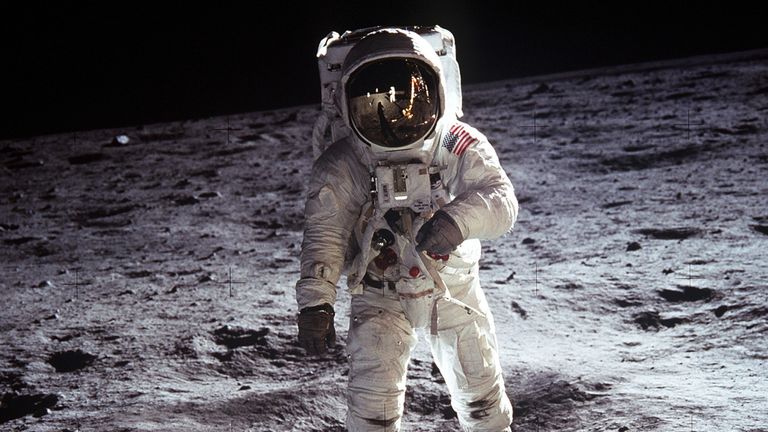
Source: Pixabay
Even though humans haven’t stepped foot on any other planet in the universe yet, Janislawski’s technique is ready to guide them. Her celestial navigation expertise made the road ready for anyone who wants to explore Mars, Venus, and even planets beyond our galaxy. Janislawski’s technique remains a timeless tool for future space exploration.
Siri In Outer Space?
Can you imagine Siri guiding astronauts on the moon or any other planet in the future? It may sound far-fetched, but with the pace at which technology is advancing, it could become a reality sooner than we think.

Source: WikiImages/Pixabay
While GPS is not yet available for extraterrestrial use, Janislawski’s mapping technique could prove to be a crucial tool for astronauts to navigate their way on other planets. Who knows what other inventions and innovations will come our way in the future to help us explore the great beyond?
Coming Soon, A GPS On The Moon?
Thanks to Janislawski’s work, the race to make GPS function on the moon is now a clear possibility. NaviMoon, a revolutionary machine developed by Swiss company Space PNT for the European Space Agency, is one such device that could make lunar exploration effortless.
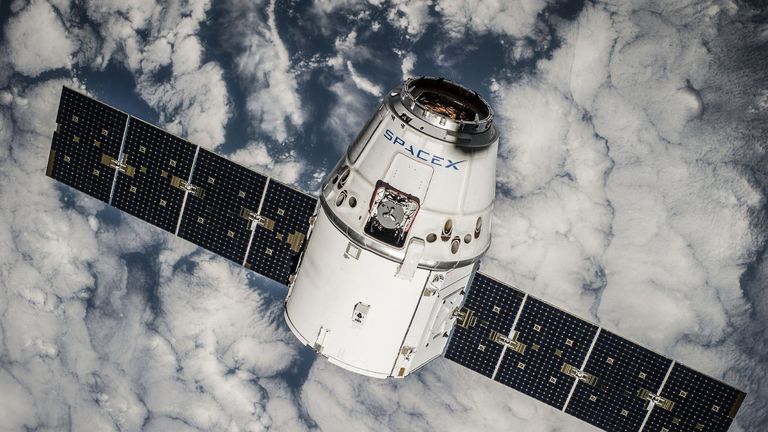
Source: SpaceX-Imagery/Pixabay
NaviMoon is designed as a cutting-edge device that promises to bring reliable navigation to lunar explorers. It’s set to be demonstrated on a mission by the year 2024. Only the future can know the kind of cosmic discoveries that await us with this new technology at our fingertips.
Efficient Device
NaviMoon’s overall objective is to make space exploration more accessible and affordable. Created by Swiss company Space PNT, the device is specially designed to function on the lunar surface without requiring expensive equipment on satellites or multiple stations on Earth.
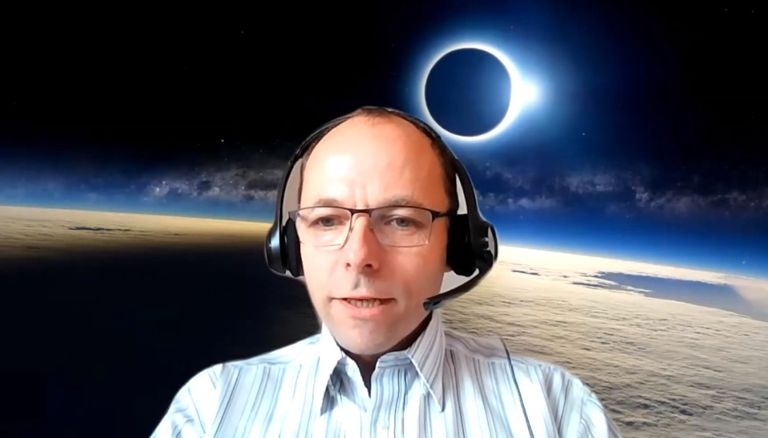
Source: ICL-GNSS/YouTube
According to Space PNT CEO Cyril Botteron, the technology will make the process of determining a spacecraft’s position on the moon much more affordable and efficient compared to current methods, which rely on parabolic antennas on Earth.
Powerful Signal Booster
Navigating on the moon is no easy feat, especially when it comes to using GPS. While GPS devices have become ubiquitous on Earth, using them on the lunar surface is a whole different ball game.
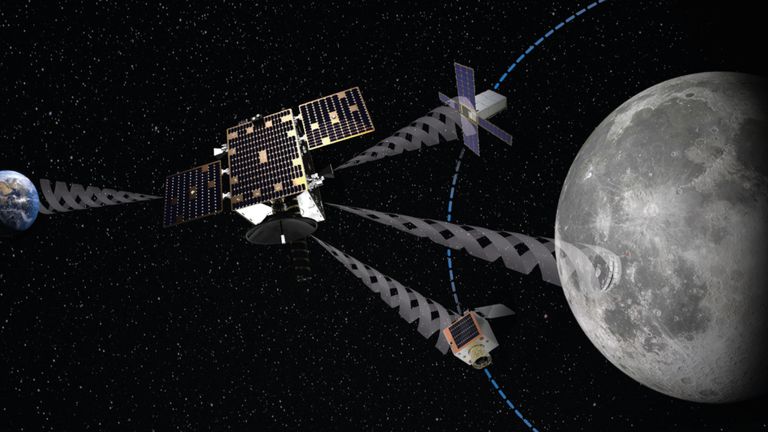
Source: The European Space Agency
As Cyril Botteron explained, the GPS signals on Earth are a thousand times weaker on the moon as they only come from one side. On top of that, the GPS satellites are all pointed toward Earth. Thus, any signal that escapes toward the moon is just a “spillover.”
Extensive Coverage
Imagine being lost on the lunar surface with no idea of where you are or how to get back to your lunar module. It sounds like a nightmare, but that could soon be a thing of the past, thanks to NaviMoon. But it’s not as simple as just using a GPS on the moon.
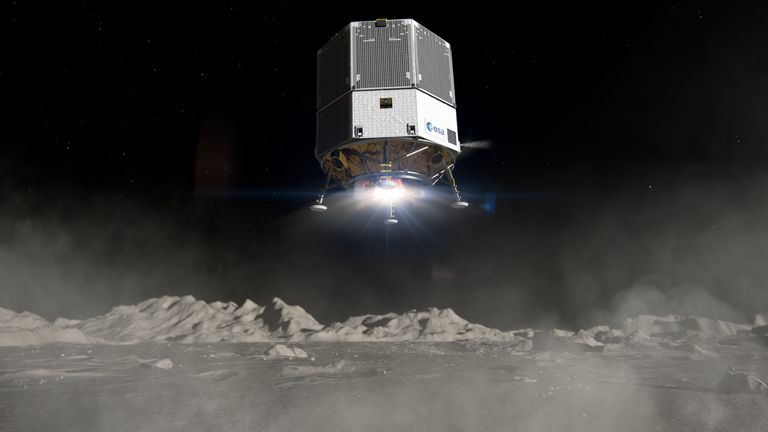
Source: The European Space Agency
CEO Cyril Botteron explained, NaviMoon acts as a booster that sends GPS signals onto the moon to cover it with as few as five surrounding satellites. With this technology, satellites orbiting the moon can act as GPS or Galileo satellites for anyone navigating the lunar surface.
The Race To Space
As space exploration continues to push further into the unknown, the importance of navigation cannot be overstated. NASA, always looking toward the next frontier, is not content with simply sending astronauts to the moon. They have their sights set on an even greater challenge–Mars.
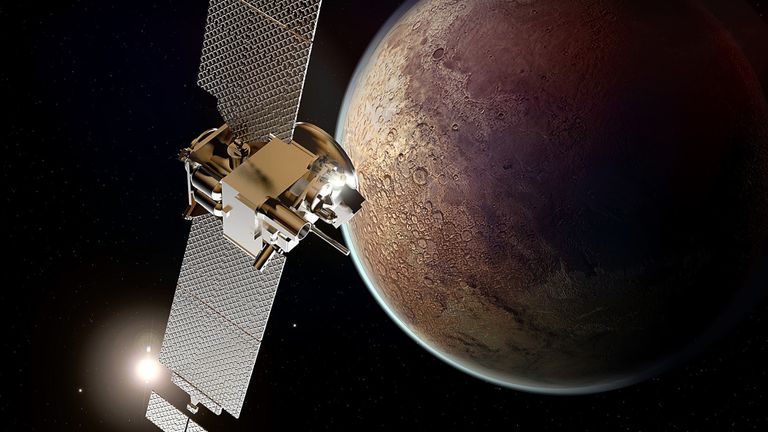
Source: PIRO4D/Pixabay
But planning is key. NASA is already working on expanding navigation systems for the moon. Therefore, it is a possibility these developments will have applications for the Red Planet. The agency understands that the ability to navigate with precision is a critical component of any successful mission.
Superior Achievement Unlocked
Janislawski’s contribution to navigation was nothing short of exceptional. Her work which spanned the sea, air, and finally, space, had a significant impact on travel and exploration. It’s no wonder that her life’s work is viewed as immensely valuable.
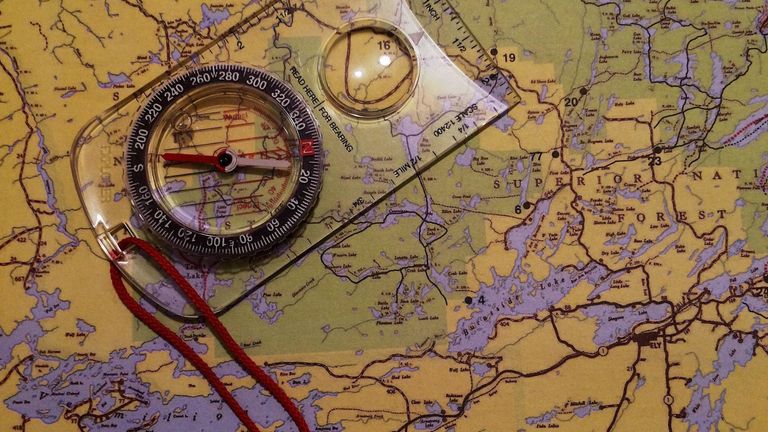
Source: outdoorlessons/Pixabay
Thus, in 1972, she was honored with the Institute of Navigation’s Superior Achievement Award–the first woman to receive such a recognition. Janislawski’s success in three distinct realms of navigation marks her as an inspiring figure and a true pioneer.
A Tribute To Her Honor
Janislawski’s legacy was further cemented when she was named a “Fellow of the Institute of Navigation” upon her death in 1998. Once again, she became the first woman to receive such an honor. But her legacy is not just found in the halls of academia.
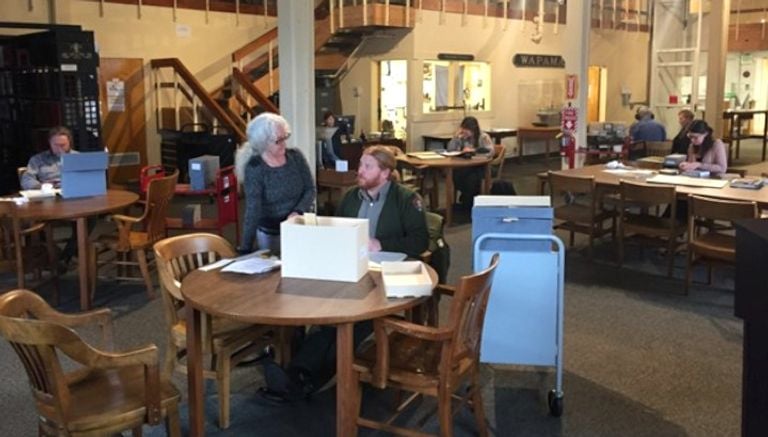
Source: Alamy
If you happen to be strolling through the Maritime National Historical Park in San Francisco and come across the Maritime Research Center, you will see a tribute to Janislawski. On the wall hang some of her navigational instruments–a proud testament to her unique ingenuity and pioneering skill.
A Student’s Tribute To His Teacher
Janislawski’s contribution to the advancement of navigation is extremely remarkable. Her legacy is beautifully encapsulated by Ernie Ford, a former student of hers and a war hero, through a letter he wrote to her daughter upon Janislawski’s passing in 1998.
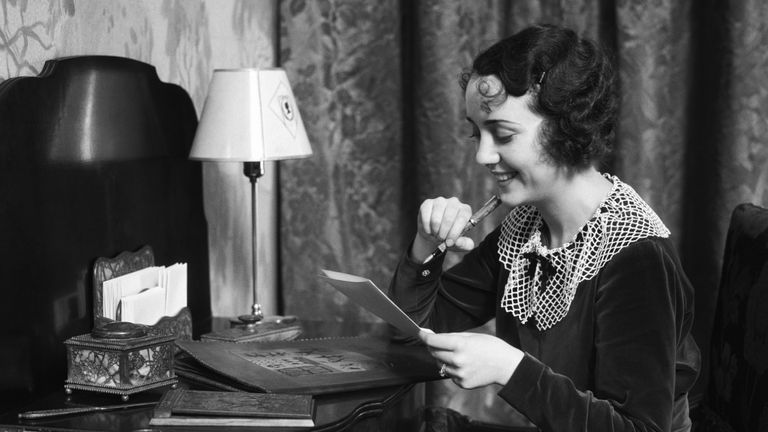
Source: H. Armstrong Roberts/Retrofile/Getty Images
In the heartfelt note, Ford expressed his deep admiration and gratitude for the woman who had shaped his life and career. It is a fitting tribute to a trailblazer who blazed a path for so many others in the field of navigation.
The Genius Navigator With A Heart Of Gold
Ernie Ford’s letter to Janislawski’s daughter Mimi is a moving tribute to a genius of a woman who also had the heart to serve others. In the letter, Ford recognizes her incredible impact on the field of navigation. Not only did she teach pilots how to fly and navigate the sky, but she also pioneered new methods for navigating outer space.
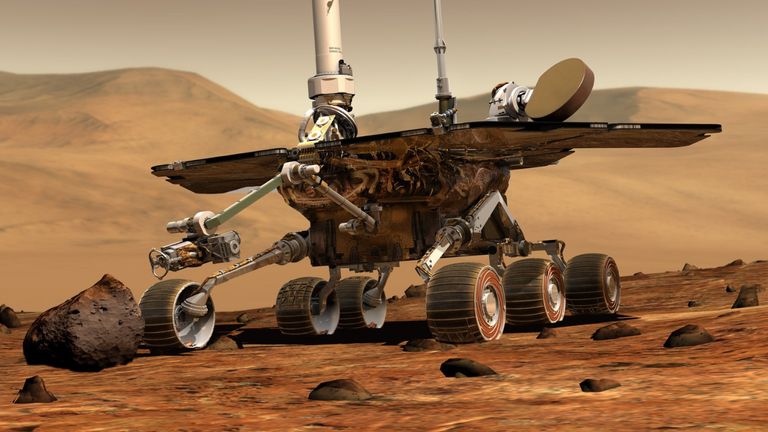
Source: Pixabay
Although Janislawski didn’t live long enough to see a person set foot on Mars, her legacy lives on. Her contributions will undoubtedly play a critical role in making that dream a reality. Ford’s heartfelt letter shows the impact one person can have on the course of history.
